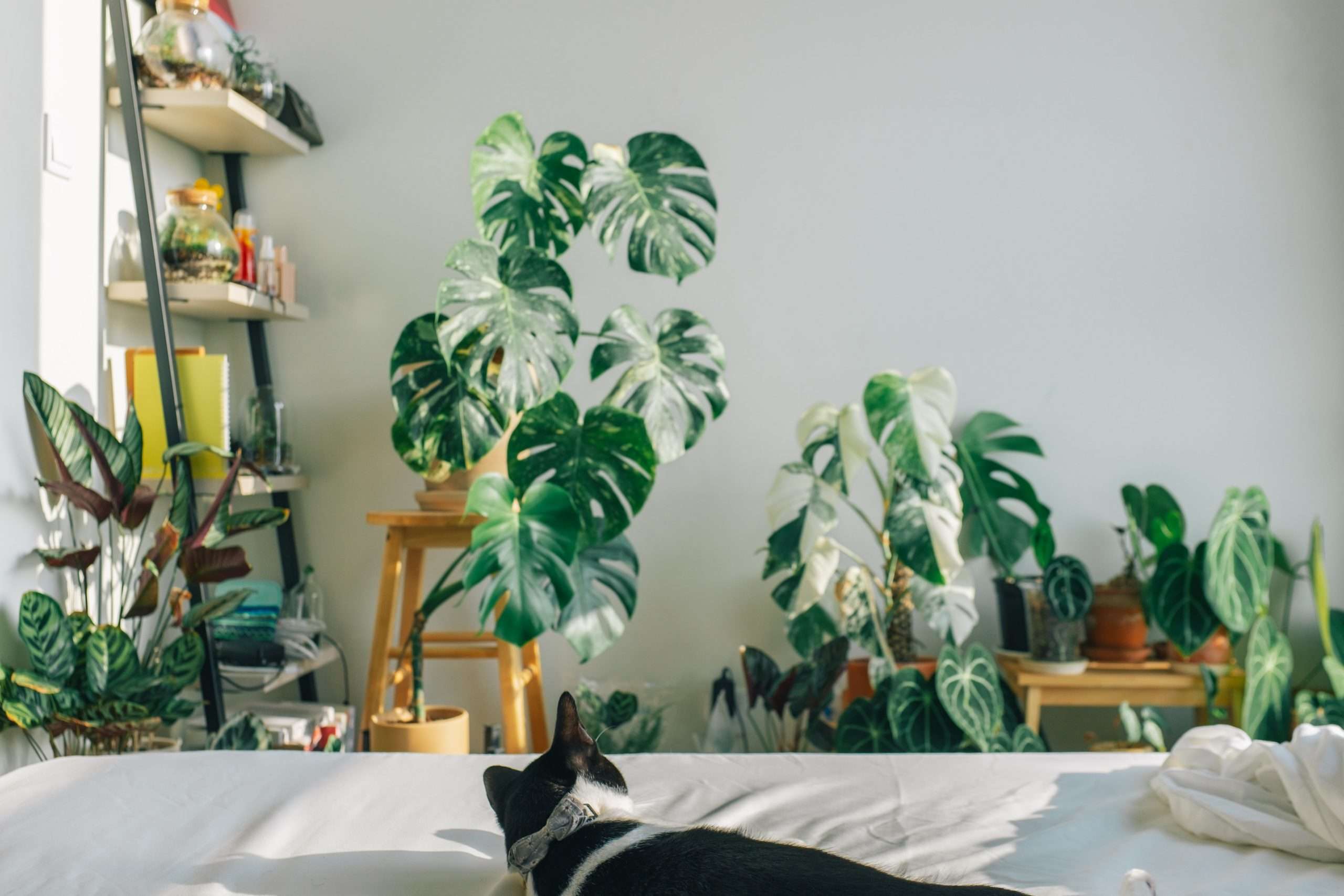
Lechuza Pon or Semi-Hydro Planting uses soiless substrates. Lechuza not only produces Lechuaza Pon. If you have heard of Lechuza planters which are planters that are designed with a reservoir for water at the bottom of the pot, you would most likely have heard of Lechuza Pon. It is a name brand, not a soil type. In the plant collectors’ circle, there is increasing demand for Pon.
Lechuza Pon is a soiless substrate or semi-hydroponics where conventional soil cannot or should not be used or as an alternative to Leca. It reduces plants’ vulnerability to diseases which works for diseases caused by soil borne substrates. However, the plants are still susceptible to air-borne diseases and root rot especially when organic fertilisers are used.
Lechuza Pon is negatively charged and has large air space which might cause buildup of sodium which is positively charged and can cause burning and yellowing of plants. Sodium ion being large, reduces nutrient holding capacity as it is not binding strongly resulting in burn of the plant.
Pon works on pH and is non-bias, thus accepting any chemicals (good or bad) going into the plants.
Ingredients in Lechuza Pon
Lechuza Pon is a mix of pumice, zeolite and lava rock coated in fertilizer. As reviewed by a soil scientist, the effective ingredients are basically pumice and zeolite which are readily available and you can try making your own. Pumice holds onto the important soil nutrients and adds micropore spaces into the system and lasts for years. As compared to Leca, pumic rocks are tiny enough to allow for even root and plant growth as it holds onto nutrients like a battery and releases it consistently. The zeolites main role is pH but also allows for water absorption and nutrient capture. Lava rock has minute micronutrients which are suspended within the rock and therefore mechanical weathering is the only way to release the ions. This can be left out to reduce costs.
The most important thing in using Pon (pumice and zeolite) mix is flushing or rinsing the mix every month to prevent excess salt or sodium or fungi buildup.
This Pon mixture is perfect for overwatering and underwatering plant people. Also perfect for tiny spaces without the soil mess. Save some cash by making your own DIY Pon for less. All additions of pon should be a 1:1 ratio.
Build your own DIY Pon Mix with our guide:
